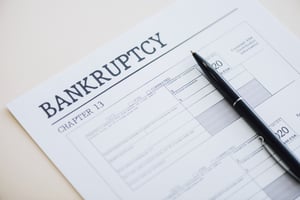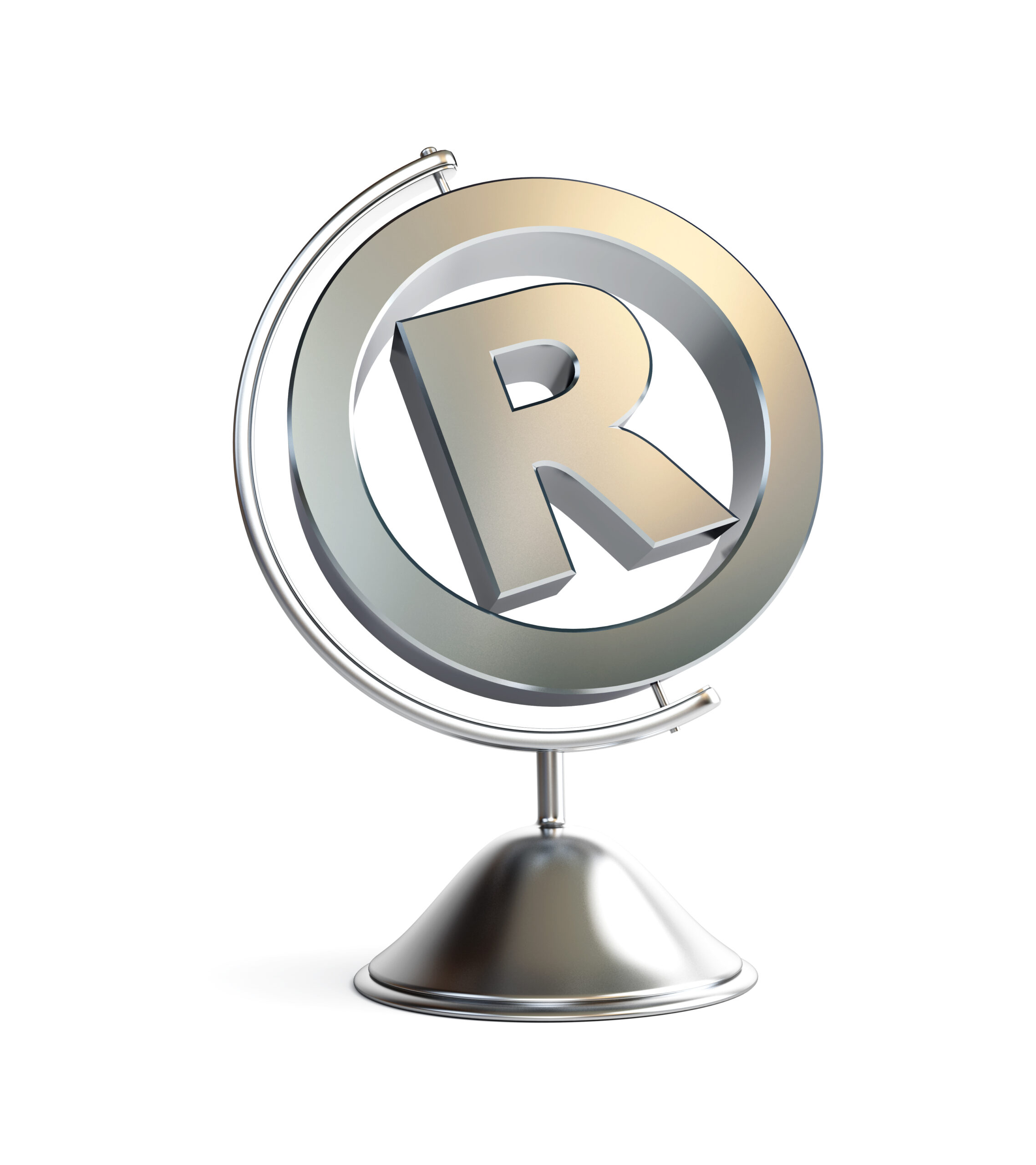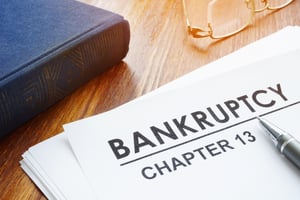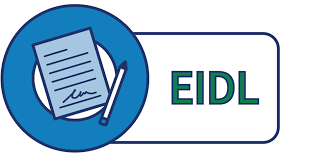How Much Do I Need to Pay My Creditors in a Chapter 13 Bankruptcy Case in Saint Paul, Minnesota?
A person who files a chapter 13 bankruptcy case is required to pay as much as they can afford towards their debts in a three-to-five year repayment plan. After successfully completing their plan, the person who filed for bankruptcy (aka the “debtor”) receives a discharge wiping out their remaining debts, with certain exceptions (e.g. student loans and child support). There are a number of factors that determine exactly how much the debtor will have to pay, each month, in order for the bankruptcy court to “confirm,” or officially approve, their repayment plan and allow the debtor to receive a discharge.
In order to be confirmed by the bankruptcy court, the debtor’s chapter 13 repayment plan must provide full payment of all past-due payments (aka “arrears”) owed for child support and/or alimony. Additionally, the debtor must continue to remain current on these domestic support obligations in order to stay in their plan and receive a discharge when the plan has been completed. The plan must provide for full payment of any past-due arrears for any vehicle loan or home mortgage loan in order for the debtor to keep the property that serves as the collateral for the loan. The bankruptcy code also requires that the chapter 13 plan must fully pay any and all “priority” tax debt that exists before the debtor files their chapter 13 case. Priority tax debt is past-due taxes that would not be dischargeable had the debtor hypothetically filed a chapter 7 case. All tax debt is considered to be priority tax debt, unless it specifically meets the requirements of being “non-priority” tax debt, which would be dischargeable in a chapter 7 bankruptcy case. Such requirements are that the tax debt is 1) income tax debt, 2) which was due more than 3 years prior to the filing of the bankruptcy case, 3) where the tax returns were filed more than 2 years before the bankruptcy case, 4) and which have not been assessed (re-evaluated) by the IRS or Minnesota Department of Revenue within 240 days before bankruptcy was filed. The chapter 13 plan must pay all priority tax debt, in full, while nonpriority tax debt is treated like any other general unsecured debt, and gets discharged after the debtor successfully completes their case.
In addition to meeting these basic requirement, the debtor’s chapter 13 plan must also pass both the “best efforts” and “best interest” tests. In order to pass the best efforts test, the debtor must show the court that they are paying as much as they can possibly afford, each month, to their creditors. Another way to say this is that the debtor must pay all of their “disposable income” towards their debts, each month. Disposable income is basically the income that is left over, each month, after deducting the debtor’s necessary and allowed monthly living expenses from their monthly take home income. Chapter 13 plans require rather strict budgeting and the debtor is not allowed to spend more than what is reasonable and necessary for the support of themselves and their immediate family. The chapter 13 bankruptcy trustee will scrutinize the debtor’s listed monthly expenses in their petition to ensure that they are not spending too much on things they do not need and the court will only agree to confirm the plan when it is convinced that the debtor is, in fact, spending as much as they can afford to pay creditors each month. Once the debtor demonstrates that they are making their best effort to repay their debts, the court will deem the best efforts test as satisfied and confirm the plan.
The other “test” that the debtor must pass in order to get their chapter 13 plan confirmed by the court is the “best interest test.” In a chapter 13 plan, the debtor does not risk losing any property that is not “exempt,” like they would had they hypothetically filed a chapter 7 bankruptcy case. Exempt property is property that is legally protected from being taken to pay creditors. While the debtor in a chapter 13 does not risk losing any property that is not exempt, they still need to pay to their creditors, at least, as much as the creditors would have received had the debtor filed a chapter 7 case, in which case the trustee would have had the right to liquidate the property (sell it to convert it into cash) to pay debts. Regardless, of how much the debtor needs to pay to meet the best efforts test, the minimum amount to meet the best interest test to creditors must be met as a baseline amount. If the debtor’s proposed chapter 13 payment plan meets the requirements of both the best interests and best efforts tests it will be sufficient to be confirmed by the court assuming, of course, it meets the other requirements stated herein.
The process of filing for bankruptcy can be extremely convoluted and the odds are successfully filing a chapter 13 bankruptcy case, getting in confirmed by the court, and successfully completing the repayment plan, are very little without the assistance of an experienced bankruptcy attorney.
CALL NOW FOR A FREE STRATEGY SESSION FROM A MN BANKRUPTCY LAWYER AT LIFEBACK LAW FIRM
If you are considering for bankruptcy, you should contact us at LifeBack Law, to schedule a free consultation with one of our experienced attorneys, who can evaluate your case and discuss your options to ensure you make the best decision. We now have a new office in Saint Paul, specifically located at 370 Selby Ave., Suite 224, St. Paul, MN 55122. Come visit us there, or online, at lifebacklaw.com!







